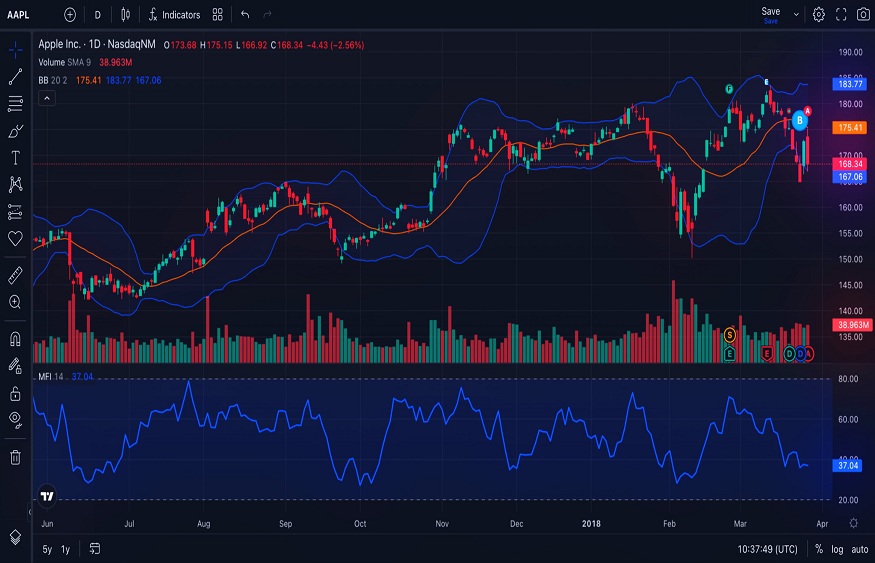The foreign exchange (forex) market is a vast and dynamic financial landscape that offers significant opportunities for traders. With a daily trading volume surpassing $6 trillion, the forex market is renowned for its liquidity and potential for profit. However, the complexities of the market can be daunting for newcomers.
This article will delve into essential strategies new traders can employ to successfully navigate the forex market.
Understanding market basics
Before embarking on a forex trading journey, new traders must grasp the fundamental aspects of the market. Forex trading is fundamentally about exchanging one currency for another to capitalise on exchange rate fluctuations. Currency pairs are always traded, each quoted with a bid and an asking price. The spread, which denotes the trade cost, is the difference between these prices. We can refine the content by enhancing word choice, structure, readability, and eloquence while preserving its original meaning.
New traders should be familiar with key concepts such as pips, lots, and leverage. A pip is the slightest price movement that a given exchange rate can make, and it’s used to measure profit and loss. Lots refer to the standardised contract sizes in forex trading, impacting the amount of currency traded. Meanwhile, leverage allows traders to control a more prominent position with less capital. While leverage can amplify gains, it also increases the risk of losses.
Developing a solid trading plan
A well-defined trading plan is the foundation of success in the forex market. New traders should begin by setting clear goals and objectives. Are you trading for short-term gains, long-term growth, or both? Determining your risk tolerance is equally crucial. This involves deciding how much of your capital you’re willing to risk on a single trade and implementing risk management techniques to protect your investment.
New traders should also select a suitable trading strategy that aligns with their risk tolerance and goals. Various strategies are available, such as day, swing, and position trading. Each strategy has its time horizon, risk profile, and entry/exit criteria. As you develop your plan, remember to outline specific entry and exit points and the criteria you’ll use to analyse the market and make informed trading decisions.
Practising effective risk management
Effective risk management is essential to protect your capital and ensure your longevity as a trader. One common rule of thumb is the 2% rule, which suggests risking no more than 2% of your trading capital on a single trade. This approach helps preserve your capital in the face of losses and prevents large drawdowns that can be difficult to recover from.
Traders should also employ stop-loss and take-profit orders to manage their trades. A stop-loss order automatically closes a trade if the market moves against you by a specified amount, limiting potential losses. On the other hand, take-profit orders automatically close a trade when it reaches a predetermined profit level.
Leveraging technical and fundamental analysis
Both technical and fundamental analysis play vital roles in understanding the forex market. Technical analysis involves studying historical price data and using various tools and indicators to identify patterns and trends. Chart patterns, moving averages, and oscillators are commonly used technical analysis tools that help traders make informed decisions about potential entry and exit points.
Fundamental analysis involves evaluating economic indicators, news releases, and geopolitical events that can impact currency movements. Economic indicators such as GDP growth, unemployment rates, and inflation figures provide insights into a country’s economic health and can influence its currency’s strength.
Embracing emotional intelligence in forex trading
In forex trading, emotions can play a significant role in decision-making. Traders often experience fear, greed, and uncertainty, leading to impulsive actions that deviate from their trading plans. Emotional intelligence is recognizing and managing these emotions, allowing traders to make rational decisions even in high-pressure situations.
To harness emotional intelligence, new traders can practise mindfulness and self-awareness techniques. Regularly assessing your emotional state before and during trading can help you identify moments of anxiety or overconfidence.
Embarking on a successful forex journey
Navigating the forex market as a new trader requires knowledge, discipline, and strategy. By understanding market basics, developing a solid trading plan, practising effective risk management, and leveraging technical and fundamental analysis, new traders can set themselves on the path to success.
It’s important to approach trading with a realistic mindset, acknowledging that losses are a natural part of the journey. With dedication, continuous learning, and a commitment to refining your skills, you can confidently navigate the forex market and work towards achieving your trading goals.



